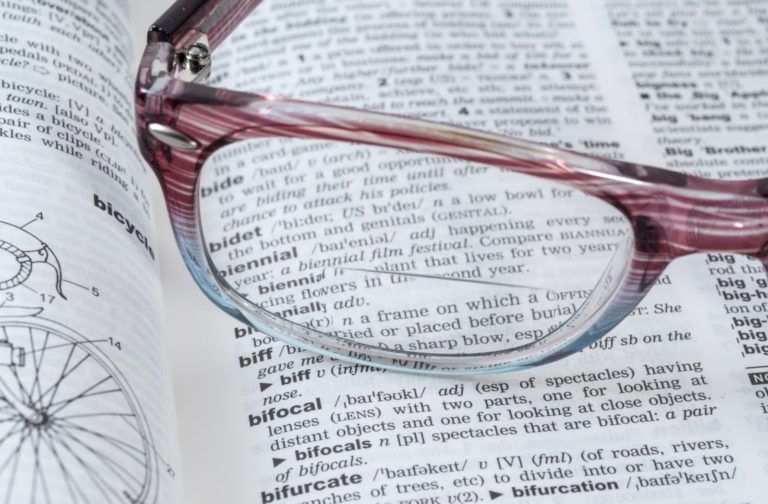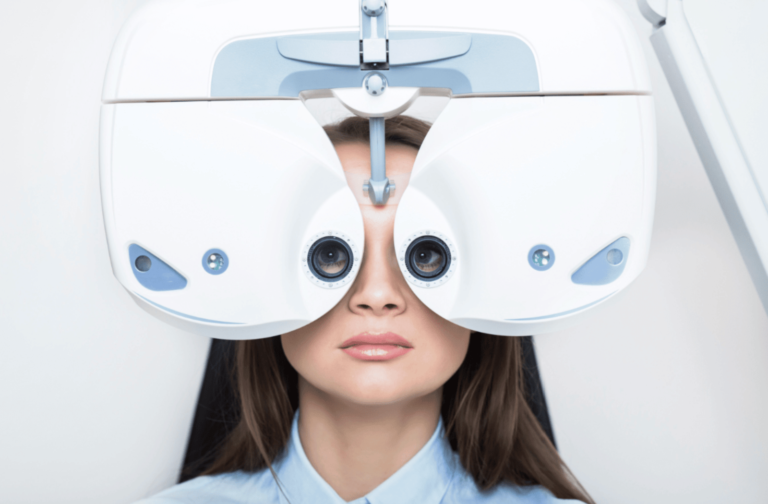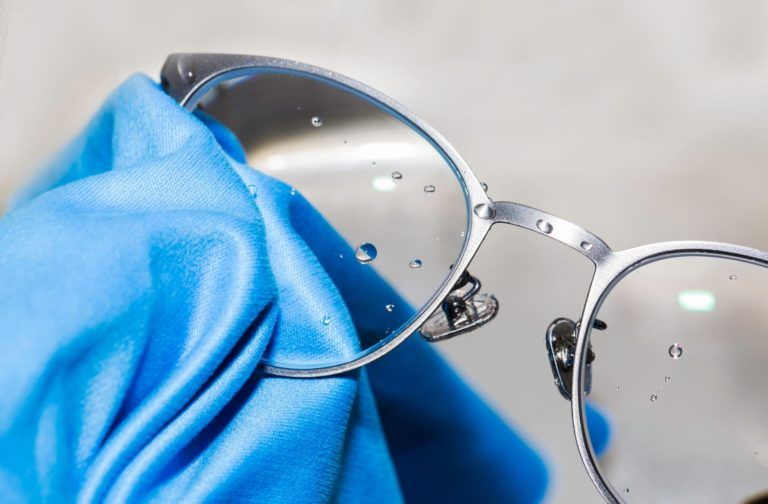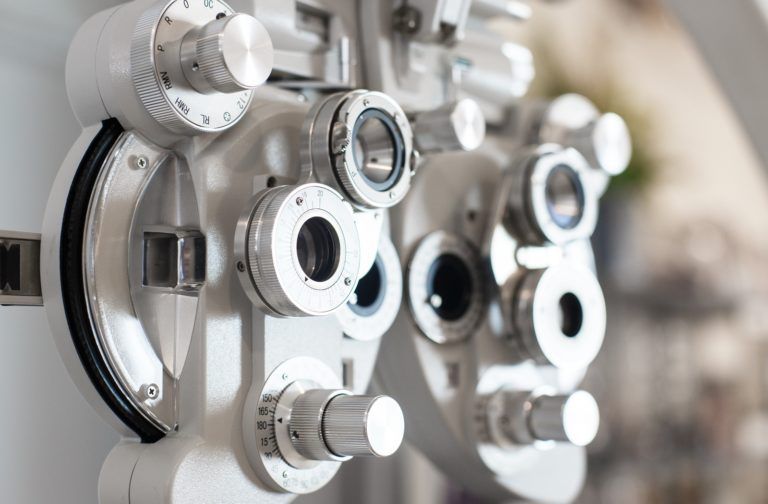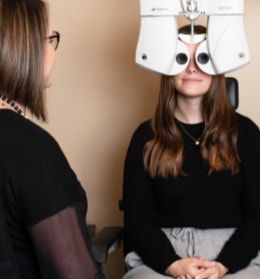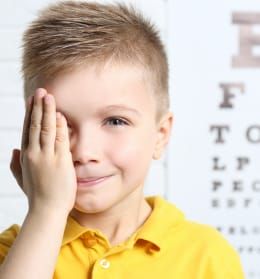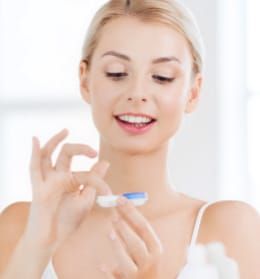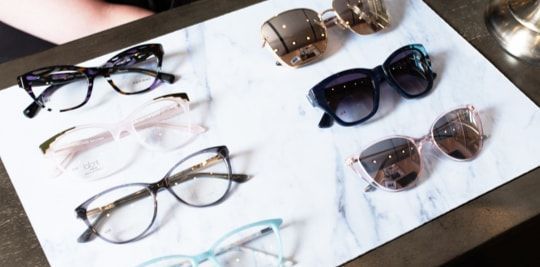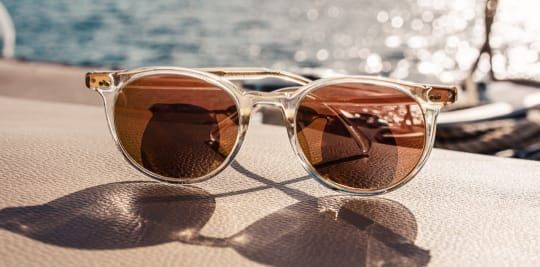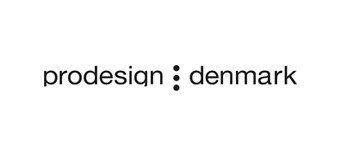Children’s learning skills depend predominantly on their vision and how they see the world around them. Babies are not born with a complete vision—they develop it as they grow.
Their vision develops rapidly in the first few months, which makes pediatric eye exams even more crucial to ensure they reach visual milestones. If there are any signs of a vision problem, McCulley Optix Gallery can recommend pediatric glasses for infants and toddlers.
As a parent, you may wonder what is involved in a pediatric eye exam. We cover what happens in an eye exam, the tests conducted, and what vision problems they can detect.
What’s a Pediatric Eye Exam
Approximately 6.8% of children below 18 years have a diagnosed eye and vision condition in the United States. Using assessments and diagnostic tools, an eye doctor can determine vision problems early to prevent permanent vision loss.
A pediatric eye examination includes age-appropriate internal and external physical assessment and detailed measurement of children’s eyes. The results help diagnose abnormal findings that may interfere with a child’s learning development.
A pediatric eye exam may mean meeting your child’s eye doctor for the first time. You can expect to answer some questions on the child’s birth, birth weight, complications, family history, and if you notice any signs of concern, such as:
- Eye rubbing
- Difficulty maintaining eye contact
- Difficulty tracking objects

Frequency of Pediatric Eye Exams
Newborns should have a comprehensive eye exam if:
- They are born prematurely
- They have signs of eye disease
- They have a family history of childhood eye disease
The American Academy of Ophthalmology and the American Association for Pediatric Ophthalmology recommend a pediatric eye exam between 6 and 12 months. The exam includes a series of tests, visually inspecting the eyes and checking for healthy eye alignment and movement.
After the first infant exam, the next best age for your child to have an eye exam is when he or she is between 3-5 years of age. This exam is critical to assess school readiness. According to experts, 80% of all learning occurs visually, meaning children with poor vision are at a major disadvantage in school.
Our eye doctors recommend yearly eye exams from kindergarten through high school and beyond to check for subtle changes that may be asymptomatic.
Tests Conducted During a Pediatric Eye Exam
The first step in a pediatric eye exam is to ensure the child is at ease. Your child’s eye doctor will test for the following:
- Eye Focusing
- Depth Perception
- Color Vision
- Eye Tracking
- Eye Muscle Teaming
- Visual Acuity
Tests used to determine the healthy development of eyes and detect vision problems for early intervention or treatment:
Pupil Response Test
The pupil response test measures and evaluates the opening and closing of the pupils (the black center of the eyes) in response to the presence or absence of light. The pupils should shrink in response to light.
Fixate & Follow Test
The fixate and follow test measures the eye’s ability to fixate and follow an object as it moves. Within the first month after birth, babies can fixate, and by 3 months, they can follow an object.
At McCulley Optix Gallery, we use RightEye to observe eye tracking and eye movement patterns. This software is a great tool for determining if vision therapy is needed.
Vision Correction Test
If required, the eye doctor can do a vision correction test to check for refractive errors. These include nearsightedness, farsightedness, and astigmatism.
Eyelid Function Test
This test checks the eyelids for drooping, inflammation, or other signs such as redness or bumps.
Ocular Health
By dilating the eye, the eye doctor can assess the retina and optic nerve at the back of the eye. It is beneficial if there is a family history of eye disease.
At McCulley Optix Gallery, our pediatric eye exams include advanced retinal imaging. It allows us to see photos of the retina, optic nerve, and ocular blood vessels to diagnose vision-threatening conditions in infancy.
Vision Problems Affecting Children
During a child’s first year, a pediatric eye exam is necessary to look for the following eye and vision problems:
- Nearsightedness or myopia: A child can see up close, but far-away objects appear blurry.
- Farsightedness or hyperopia: When a child can see far-away objects well, but nearby ones look blurry.
- Astigmatism: An abnormality in the cornea’s curvature, the clear front part of the eye. It causes distorted or blurred vision.
- Amblyopia or lazy eye: Reduces vision in one eye due to abnormal visual development.
- Strabismus or crossed eyes: Both eyes aren’t always aligned or look in different directions.
Passionate About Your Child’s Vision
Vision problems not detected in early childhood can pose significant disadvantages to learning. Pediatric eye exams at McCulley Optix Gallery can assess your child’s ocular health and recommend glasses or vision therapy to achieve the best vision possible.
If you feel your child may become anxious during an exam, don’t worry, our exams are professional, personalized, and, dare we say, fun. Book an appointment for your child’s pediatric eye exam today.
Posted in Children's Eye Care, Eye Exams
Recent Posts
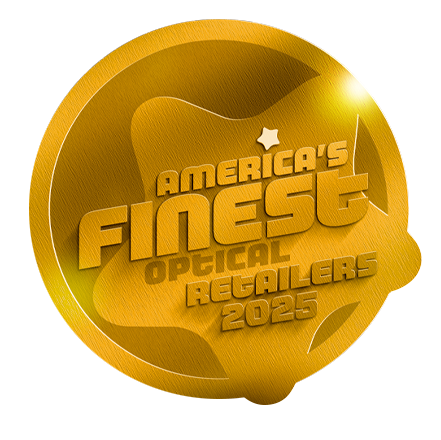


Categories
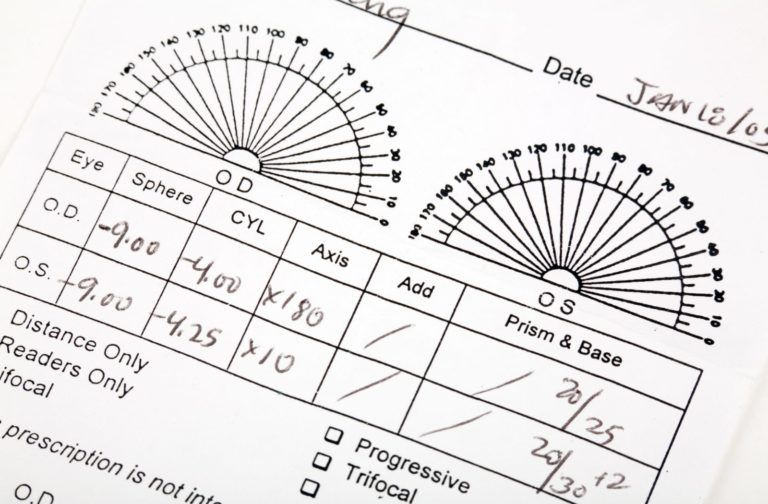

Written by Dr. Melissa McCulley
Dr. McCulley graduated with honor from Boston College in 1997 with a bachelor of science and a major in Spanish and pre-medical studies. She then went on to study optometry and graduated with honors from the Southern College of Optometry in 2001. She has past experience from the University of Minnesota Department of Ophthalmology fitting specialty contact lenses and working with low vision patients. Dr. McCulley is experienced in pediatrics and has a keen interest in treating dry eye.


